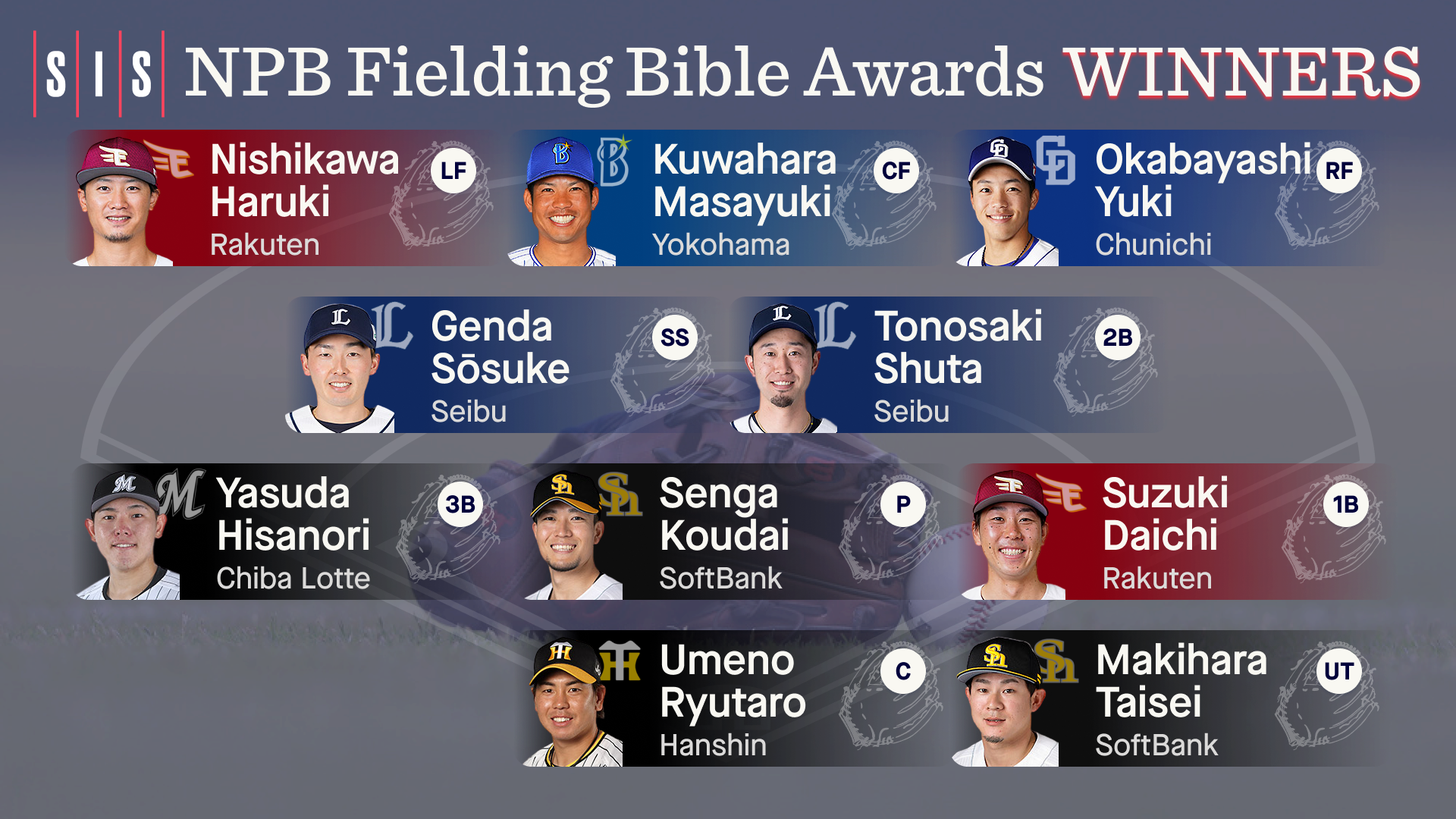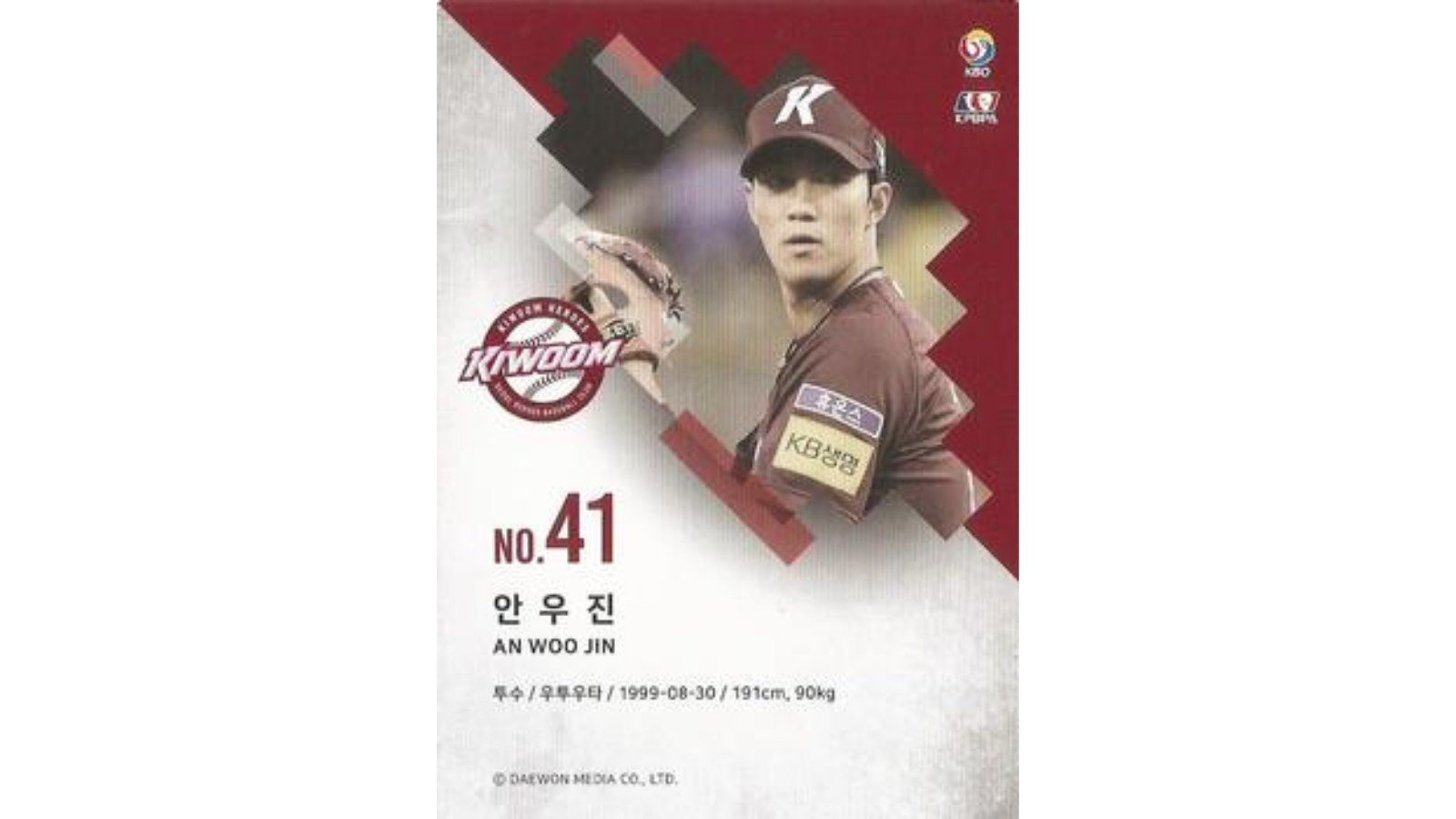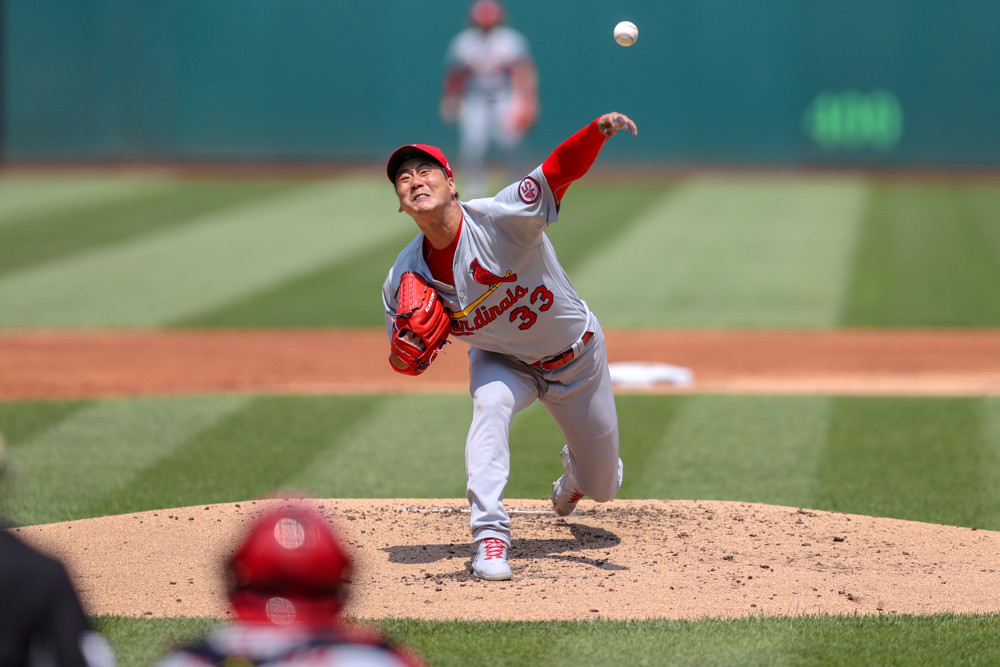KBO teams are always trying to piece together a rotation to get them to the playoffs, and the best way to do that is to develop a pitcher who can stick with your team for the better part of a decade (or longer).
Of course pitching development is complicated, but finding a pitcher who figures out how to be successful early is a great competitive advantage in the league.
That’s how 22-year-old Tae-in Won of the Samsung Lions came into the league a few years ago. He was a teenager who was struggling more than dominating as he kept his ERA just under 5.00 in his first two years in the league. Last season he took a huge jump forward, adding strikeouts, cutting walks and going 14-7 with a 3.06 ERA.
This season, he is still pitching well, though some of his numbers have taken a slight slide back (3.60 ERA in 105 innings). What’s most interesting, however, is that he seems to have changed how he is attacking hitters.
Who is Tae-in Won?
Before diving too far into this subject, it may be a good idea to give an overview of who Tae-in Won is as a pitcher. While he is one of the better young pitchers in Korea, he is a tier below the elite arms like Woo-jin An and Chang-mo Koo.
Won is in his fourth year in the KBO, having debuted a few weeks shy of his 19th birthday in 2019. International fans may recognize him as one of the pitchers from the Korean Olympic team that just missed a medal in 2021.
Won has been a starting pitcher exclusively for the last three seasons in Korea, and has thrived, using his changeup as his best pitch. He throws it 12 MPH slower than his fastball on average, and it gets great two-plane fade, with many hitters both swinging over it and being well out in front of it.
The Change in Approach
At the start of this season, Won was doing the same thing that he had always done, working off his fastball-changeup mix. However, he started to make a change in his approach a little over a month ago:
| Pitch Type | Usage in first 11 starts
(through June 17) |
Usage in last 6 starts
(Since June 23) |
| Fastball | 46% | 39% |
| Changeup | 32% | 21% |
| Slider | 18% | 30% |
| Cutter | 2% | 8% |
| Curveball | 3% | 3% |
The basic trend here is that Won has nearly doubled his combined slider and cutter usage, at the expense of his fastball and changeup, which had been his primary two pitches since entering the KBO.
Why would someone who has been so consistent in his pitch usage suddenly make such a dramatic change?
To start with, Won’s fastball is quite unimpressive. It has averaged 90 MPH in each of the last two seasons. It’s not that he is holding back for longevity and reaching back for a big fastball when needed, as his maximum fastball velocity this year is 93 MPH.
His fastball is also getting hit harder this season. Last year was Won’s best season to date, but hitters still managed a .304 average and whiffed on only 8% of swings against his fastball. This year the whiff rate was up moderately to 13%, but hitters were hitting .343 against the fastball.
The drop in changeup usage is a bit harder to justify, as I think the changeup is still his best pitch and it is one that he locates very well to both sides of the plate. However, the league may have been catching on to his strategy.
In 2021 the whiff rate on his changeup was 40% and he recorded 83 strikeouts on his changeup. This season the whiff rate against his changeup has fallen a bit to 34%, and he has only recorded 33 strikeouts with the change.
Conversely, his pedestrian fastball has already recorded more strikeouts this season (26) than he had in a full year last season (23). This suggests that hitters are looking for the changeup more with two strikes, and so a change in approach was needed.
This change in approach was made possible by the strides he has taken with his slider.
An initial glance will tell you that his slider averages 80 MPH, but that doesn’t tell the whole story. Won’s slider is a very versatile pitch, and he can manipulate it very well.
Many pitchers today will try to throw all of their pitches with max effort every time, either to throw them as fast as possible or to get as much break as they can. There are some MLB pitchers that like to manipulate their pitches and add or subtract to them, such as Zack Greinke, Johnny Cueto, Yu Darvish, and Marcus Stroman
Won is similar with how he throws his slider.
Is the batter likely taking a pitch? He can throw a slow breaker at 73 MPH to steal a strike.
Is he looking for a strikeout against a tough right hander? 84 MPH that starts at thigh-height and breaks below the zone can get the job done.
It also helps that he locates the pitch very well to his glove side (the first base side of the plate).
This also extends to his cutter, which is essentially a harder version of his slider that he throws inside to lefties. There doesn’t appear to be a big difference in how he grips or throws the slider and cutter, but he can reach back for one at 87 or 88 that runs inside to jam left handed hitters. Mixing the cutter in with his changeup makes for a very uncomfortable at bat for lefties.
Won’s Future
What the future holds for Tae-in Won is still up for debate, since he is still quite young. He still has three years beyond this one before he is even eligible to be posted for MLB teams, and a lot can change between then and now as he develops.
The word ‘pitchability’ gets thrown around a lot for pitching prospects that don’t throw hard, but Won actually demonstrates pitchability with his ability to manipulate his slider and cutter into three or four different pitches.
Pitchability right handers have very little margin for error in becoming MLB pitchers, but Won’s changeup and diverse slider give him a shot.
He reminds me of Marco Estrada with his fastball and changeup combo, though the MLB landscape is constantly changing. Relative to league average, the 90 MPH that Estrada was throwing in 2015 won’t play the same as Won’s 90 MPH when he could debut in MLB (2026 at the earliest).
If he were to take on a bullpen role in the Majors, I could see him filling a middle relief role similarly to Trevor Richards. Depending on how South Korea fills out its WBC roster, this could be a role that he fills on the international stage next spring.
He could also play out his career in Korea, as his fastball velocity is actually above KBO average, and his secondary pitches play well there too. Economically, there could be more money available to him as a front-end KBO starter versus what MLB teams will pay for a swingman or back end starter.
But it’s a while before he needs to worry about that. For now, we’ll just watch him continue to develop.



